India reduce electricity supply to Nepal, triggering power crisis in dry season
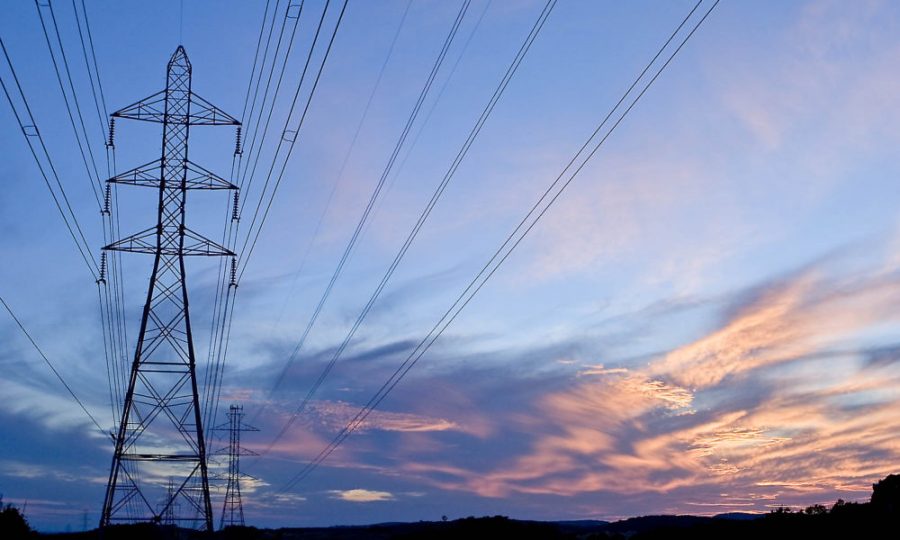
KATHMANDU: Nepal is grappling with an escalating power crisis after India reduced electricity exports through the Power Exchange Committee (PEC), roughly two weeks before the agreement’s March 31 expiration. The cutoff, effective since March 16, has disrupted Nepal’s energy supply chain, forcing the Nepal Electricity Authority (NEA) to impose loadshedding in industrial zones.
The NEA had relied on PEC to import up to 300 megawatts (MW) daily, with approval to draw as much as 450 MW based on demand. Sources attribute India’s decision to discontent over Nepal’s Energy Ministry challenging a 1.5% tariff increase agreed upon by power officials from both countries. “The agreement still had a week left, and there was no pressing reason to stop. PEC hasn’t clarified, but the ministry’s resistance to the tariff hike seems to be the root cause,” a ministry insider revealed.
The tariff adjustment was settled on February 12 during the Indo-Nepal Power Exchange Committee meeting in New Delhi. However, Nepal’s Energy Minister Deepak Khadka criticized NEA Managing Director Kulman Ghising for approving the hike without government consent, raising the issue in Parliament and demanding explanations on February 26.
The Cabinet echoed this on March 5, seeking a 72-hour clarification. Ghising countered that the decision was made with Minister Khadka and Energy Secretary Suresh Acharya’s approval, both of whom attended the Delhi talks alongside ministry staff.
Compounding the crisis, India has restricted Nepal’s imports from its competitive Day Ahead market—where NEA bids for up to 654 MW—to solar hours (6 a.m. to 6 p.m.), excluding peak evening demand. With PEC imports also severed, NEA officials say they’ve been left with no choice but to cut power to industries. “India blocked competitive market supply outside solar hours and stopped PEC deliveries entirely. This dual restriction has crippled our ability to manage demand,” an NEA employee explained.
Nepal’s peak electricity demand currently hovers at 1,900 MW. Domestic production, including 1,000 MW from peaking projects and 600 MW from other sources, falls short, making imports vital. The sudden shortfall has hit industries hard, disrupting operations and raising concerns about economic fallout.
\The tariff hike, slated for April, remains unapproved amid internal discord. On March 18, Ghising sought NEA board approval, but Khadka rejected it, citing ongoing Cabinet review. “The rate increase is with the Cabinet. We shouldn’t move forward until they decide,” Khadka reportedly said. Other board members cautioned that delays could deepen the crisis, as river levels drop and domestic generation dwindles to a third of capacity.
The standoff has plunged Nepal’s energy strategy into uncertainty. With the PEC agreement nearing its end and no resolution on the tariff dispute, analysts warn of prolonged shortages unless swift action is taken. For now, Nepal’s industries bear the brunt of a diplomatic and bureaucratic tangle, spotlighting the fragility of its reliance on imported power.




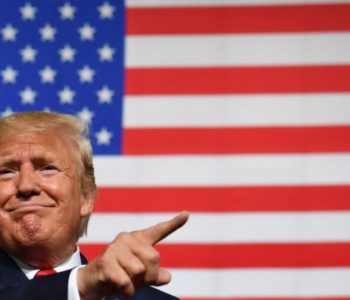
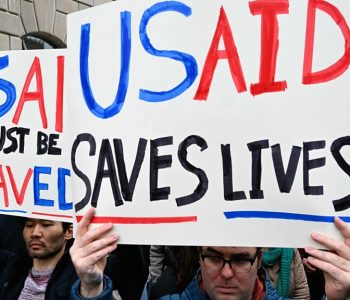


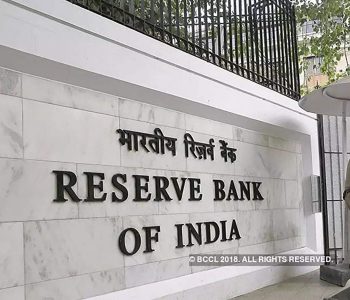


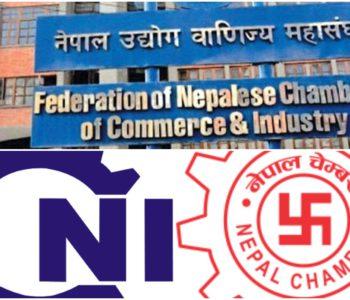


Facebook Comment